The Ultimate "In-Rack" Showdown: DAC vs. Transceivers vs. AOCs
A Field Guide to Cost, Power, and Performance Trade-offs for 10G, 40G, & 100G Interconnects
You’re staring at the plan for a new rack, your budget spreadsheet open on the other screen. Every single port needs a connection strategy. And then, the familiar question hits:
Do you go with the cheapest option, the DAC? Invest in the flexibility of optical transceivers? Or try the middle ground with AOCs?
This is more than a minor technical choice; it's a strategic decision that will profoundly impact your data center's cost, power consumption, cooling, and future operational efficiency.
This is a high-stakes decision. Get it right, and your deployment is smooth and cost-effective. Get it wrong, and you’re sentenced to a future of cable management nightmares and compatibility hell—a pain every frontline operator knows all too well.
So, let's skip the theory and get straight to the field guide. We will dissect these three interconnected solutions and give you a clear, reliable decision framework. This framework is forged from a consensus proven in countless data centers worldwide:
DAC in the Rack, Fiber Everywhere Else.
The Contenders: An Expert Overview
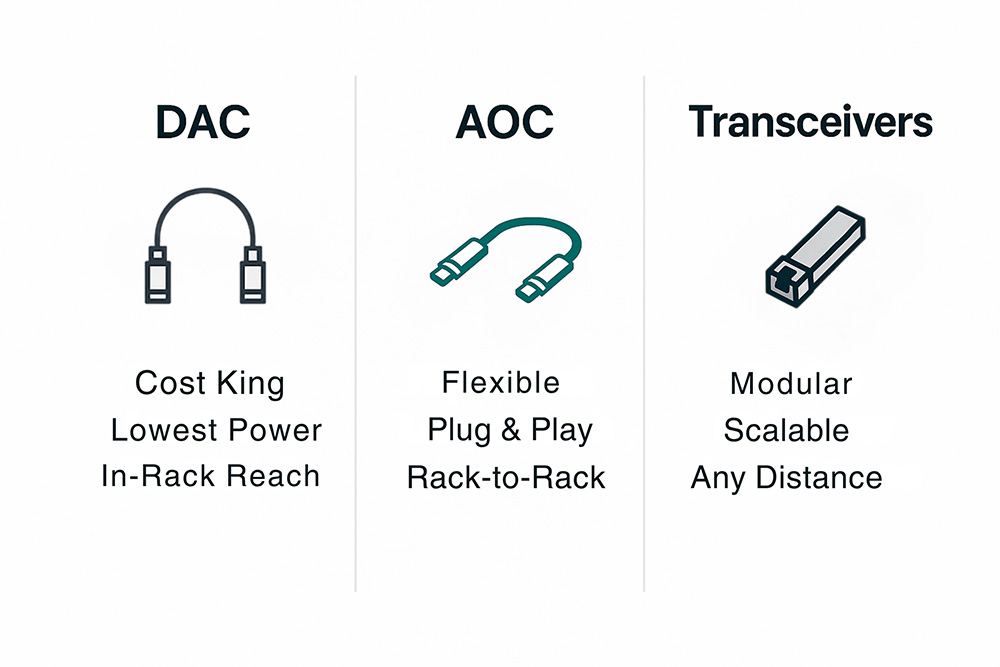
Before the deep dive, let's give each of these technologies a precise, professional positioning:
DAC (Direct Attach Copper)
The undisputed champion of short-reach cost-effectiveness. It offers the lowest power and latency for in-rack connections, but this comes at the cost of physical rigidity and limited distance.
AOC (Active Optical Cable)
The flexible, middle-ground solution. It combines the lightweight, EMI-immune benefits of fiber with plug-and-play simplicity. Its trade-off is its all-in-one design, where any failure requires a full replacement.
Transceivers + Fiber Patch Cables
The professional standard for ultimate flexibility and scalability. This modular approach adapts to any distance and any future upgrade path, making it the cornerstone of structured cabling. This flexibility, however, comes with the highest component cost and deployment complexity.
The Showdown: An 8-Point Technical Comparison

Let's put these three solutions head-to-head across the metrics that truly matter.
1. Cost: CapEx vs. TCO
Winner: DAC, by a landslide.
Analysis: For 10G/25G links under 5 meters, the capital expenditure (CapEx) for a passive DAC is typically 5 to 10 times lower than a comparable solution using two optical transceivers and a patch cord. This massive cost advantage holds true even when sourcing from reputable third-party vendors like FS.com. The real win, however, is in Total Cost of Ownership (TCO). The near-zero power draw of passive DACs translates directly to lower electricity and data center cooling costs (OpEx) at scale.
2. Power Consumption & Heat
Winner: Passive DAC.
Analysis:
- Passive DAC: <0.2W (negligible). Generates no heat.
- AOC: ~1-2W per cable.
- Transceivers: ~1-3.5W+ per module.
Tribal Knowledge: The community is filled with complaints about 10GBASE-T SFP+ copper modules running hot enough to "fry an egg." In a high-density rack, every watt matters. Passive DACs are the clear winner for thermal efficiency.
3. Latency
Winner: DAC.
Analysis: As a direct electrical link, DACs have no optical-to-electrical (O/E) conversion, giving them the lowest latency of the three. This is confirmed in technical briefs from vendors like Arista.
Expert Insight: It is critical to note that this difference is measured in nanoseconds. For 99% of data center and enterprise applications, this is an imperceptible difference. It only becomes a deciding factor in ultra-low latency environments like high-frequency trading.
4. Distance & Reach
Winner: Transceivers + Fiber.
Analysis:
- Passive DAC: Severely limited. Max reach is ~7 meters for 10G/25G, and this shrinks to just 2-3 meters for 400G.
- AOC: The mid-range workhorse, easily covering links from 3 to 100 meters.
- Transceivers + Fiber: The only solution for true flexibility, with reach spanning from meters (SR) to dozens of kilometers (LR/ER).
5. Physicality & Cable Management
Winner: AOC & Fiber.
Analysis: This is the Achilles' heel of DACs. Engineers on forums like Reddit and ServeTheHome consistently describe high-speed DACs as a "cable management nightmare" due to their thickness, stiffness, and large bend radius. In dense racks, they impede airflow and complicate maintenance. AOCs and fiber patch cords are thin, light, and flexible, making them far superior for high-density deployments.
6. Reliability & Maintenance
It's a trade-off with no clear winner.
DAC/AOC:
- Pro: Factory-terminated, sealed units eliminate the risk of field connector contamination, leading to high initial reliability.
- Con: A single point of failure. If any part of the assembly fails, the entire cable must be replaced.
Transceivers + Fiber:
- Pro: Fully modular. A failed transceiver or a damaged patch cord can be replaced independently, simplifying troubleshooting and reducing replacement costs.
- Con: The exposed optical connectors are a potential point of contamination and require strict cleaning protocols.
7. Vendor Compatibility & "EEPROM Lock-in"
Winner: Transceivers + Fiber.
Analysis: This is a critical real-world problem. Major OEMs like Cisco, HPE, and Arista often "lock" their ports, requiring a specific EEPROM code to recognize an interconnect.
- The DAC/AOC Challenge: This becomes a nightmare when connecting two different brands. A cable might work in the Cisco switch but be rejected by the Intel NIC on the other end.
- The Transceiver Advantage: The modular approach solves this easily. You can use a Cisco-coded transceiver on the switch side and an Intel-coded transceiver on the NIC side.
- The Modern Solution: For DAC/AOCs, ask your supplier about dual-coded cables, which are programmed to be recognized by different vendors on each end.
8. Future-Proofing & Scalability
Winner: Transceivers + Fiber.
Analysis: If you are installing any permanent, in-wall, or structured cabling, Single-Mode Fiber (SMF) is the only truly future-proof investment. The fiber you install today for a 10G link can carry 400G, 800G, and future terabit speeds simply by upgrading the transceivers at each end. DACs and AOCs are fixed-speed, point-to-point solutions that will need to be completely replaced during a major speed upgrade.
Field Guide to Scenarios: The Definitive Decision Matrix
This matrix translates our analysis into a clear, actionable guide. Find your scenario to find your solution.
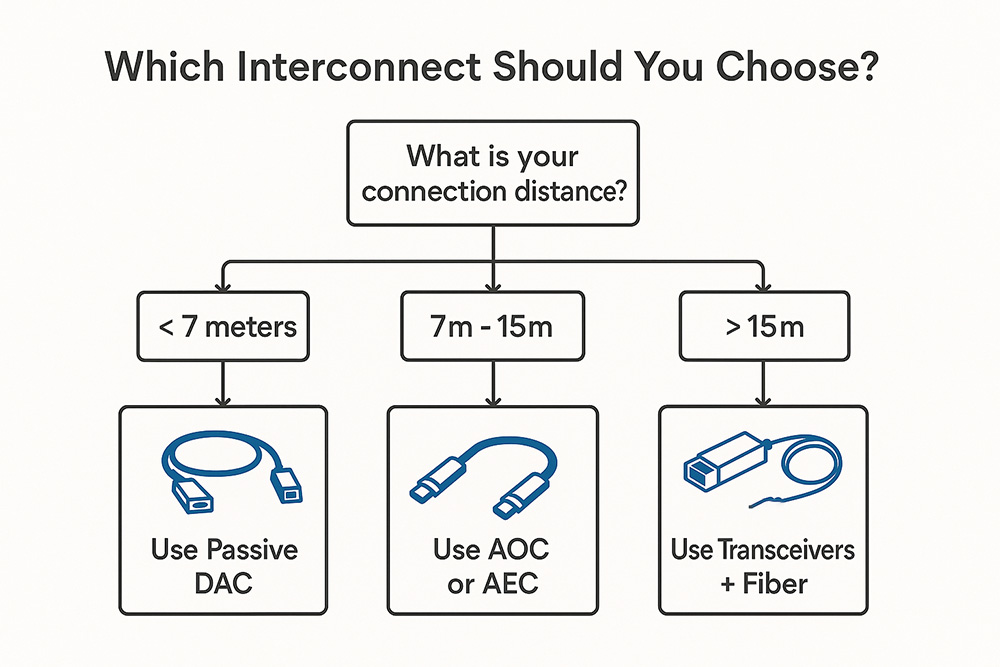
Conclusion: Strategy Over Specification
The "DAC in the Rack, Fiber Everywhere Else" principle is more than a technical rule; it's a sound business strategy. It allows you to optimize spending by deploying the most cost-effective solution where it excels, while investing in flexibility and scalability where it truly matters.
A true expert helps clients make the most intelligent technical and business decision for their specific scenario.
What's the go-to interconnect strategy in your racks? Have you been burned by a bad choice? Share your story with us.
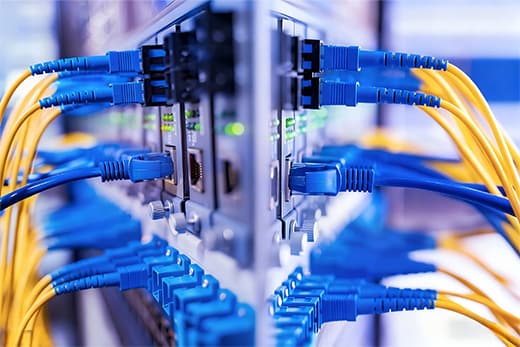 The Field Guide to Fiber Optic Network Upgrades: An Engineer's Pre-Procurement Checklist
The Field Guide to Fiber Optic Network Upgrades: An Engineer's Pre-Procurement Checklist
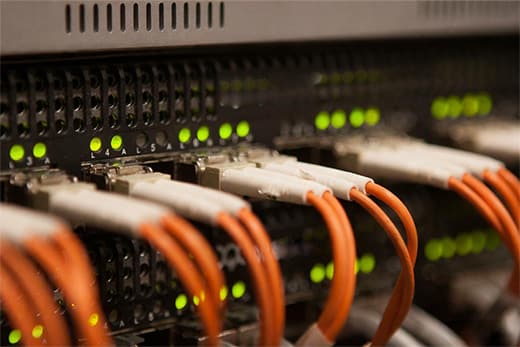 A Deep Dive into High-Speed Data Center Interconnects: A Field Guide for Engineers on DACs, AOCs & Optical Transceivers
A Deep Dive into High-Speed Data Center Interconnects: A Field Guide for Engineers on DACs, AOCs & Optical Transceivers
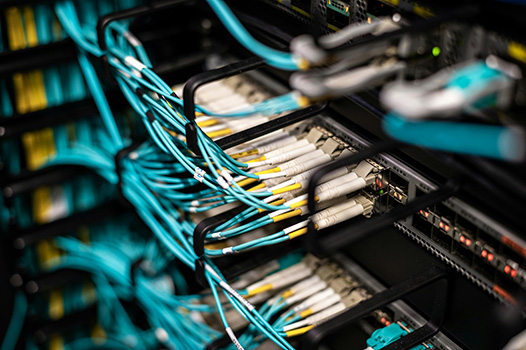 The Ultimate "In-Rack" Showdown: DAC vs. Transceivers vs. AOCs
The Ultimate "In-Rack" Showdown: DAC vs. Transceivers vs. AOCs
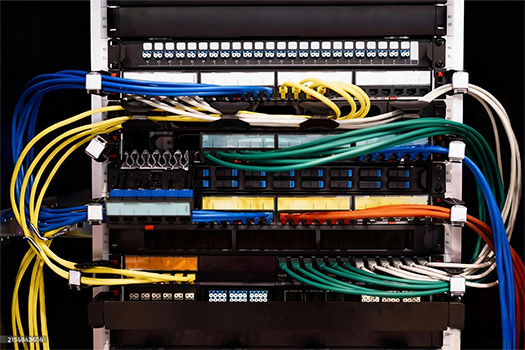 Fiber Exhaustion? The WISP & MSP's Field Guide to Passive CWDM Expansion
Fiber Exhaustion? The WISP & MSP's Field Guide to Passive CWDM Expansion

